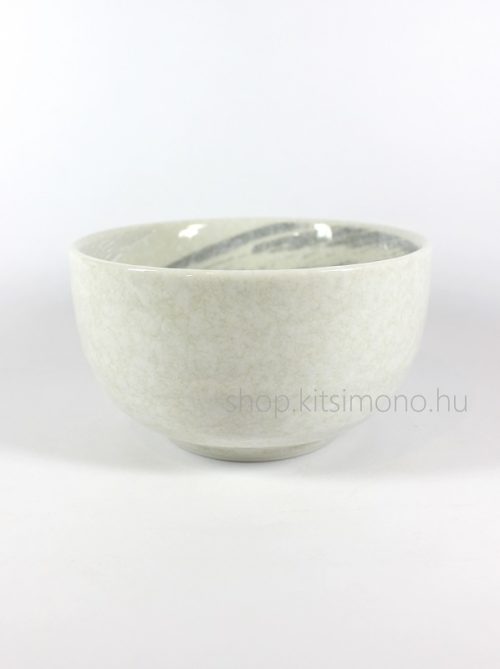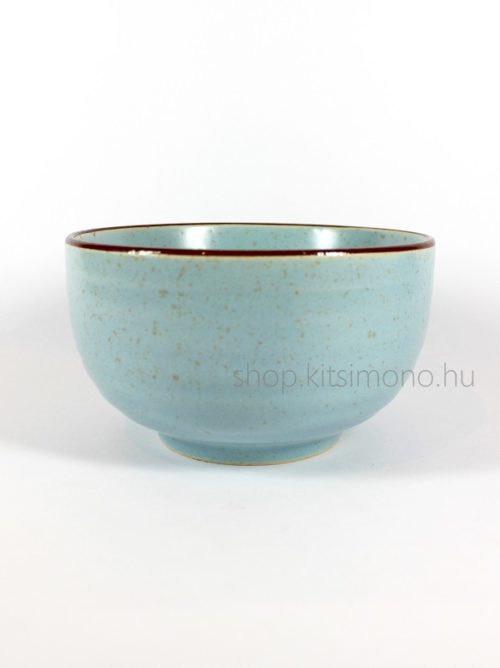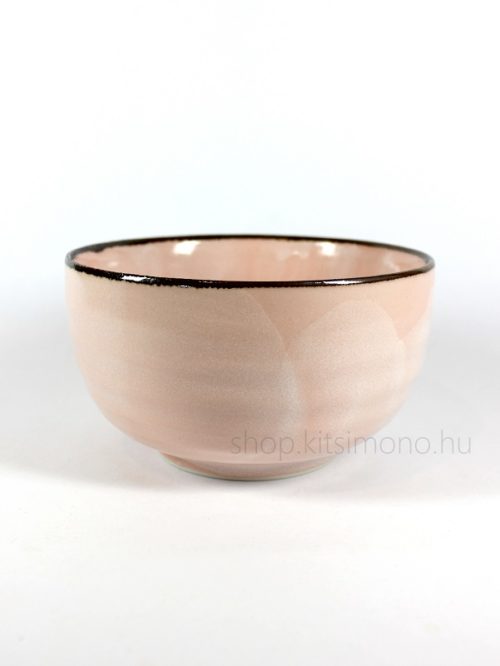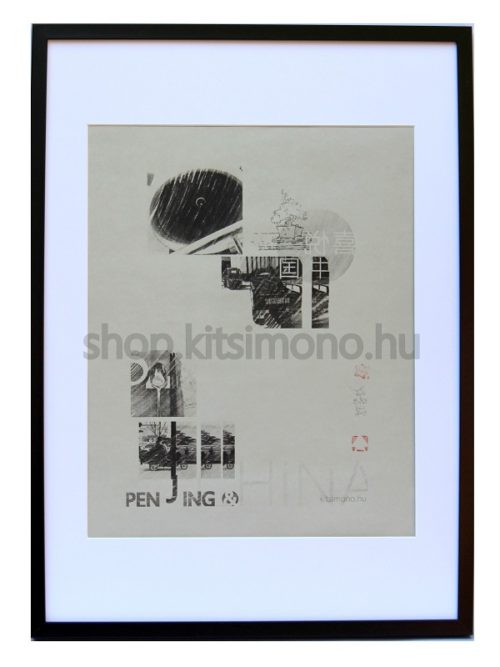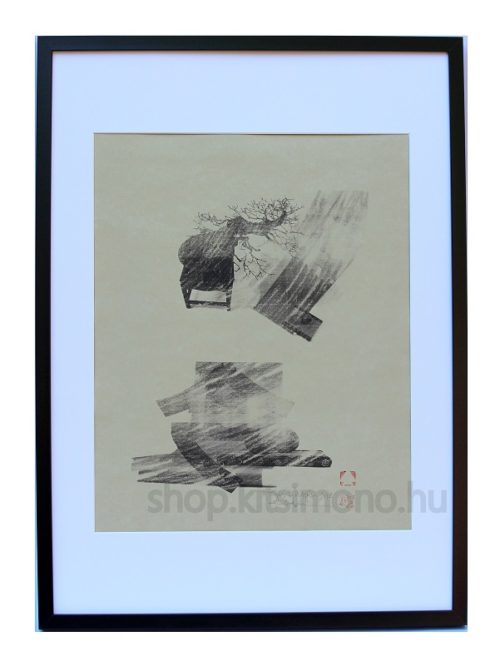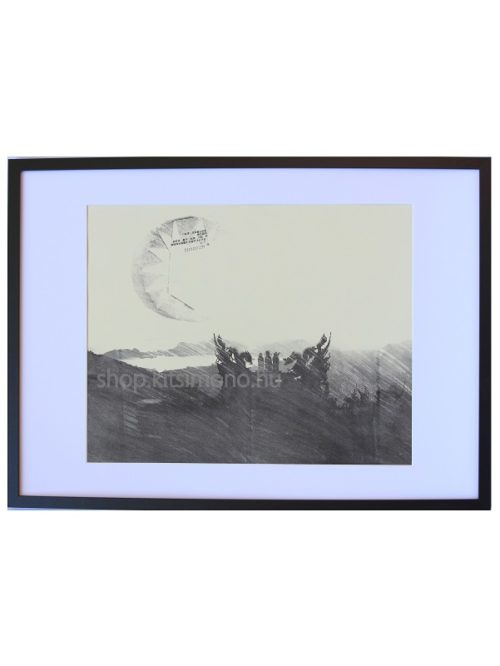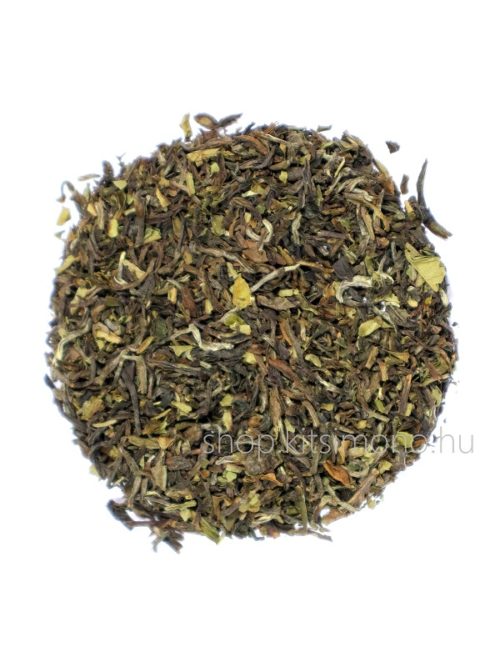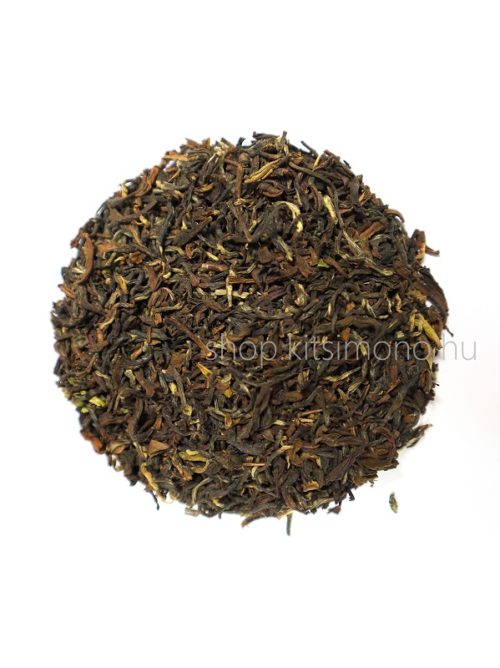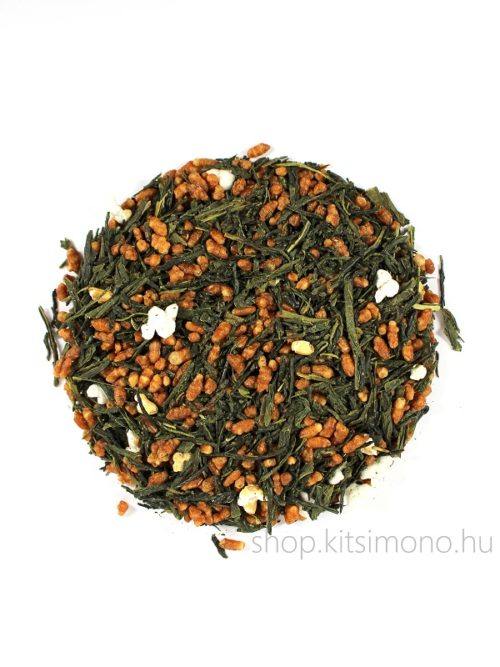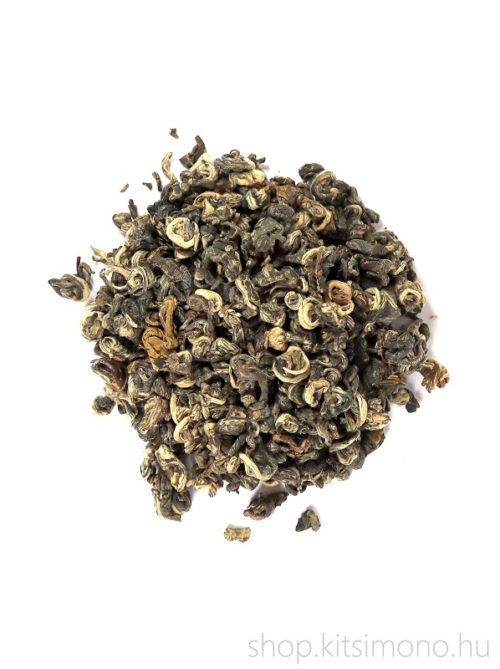-
Nami - Japanese matcha ceramic with beautiful inside design: As an essential element of Japanese tea ceremonies, a pottery must also bear the hallmarks of passion, with which it fits organically into the attributes of tradition and cultural pottery. But what if the usual outward-focusing ceramic design looks backwards...
-
Yuto - Japanese matcha maker made in China ceramic pot: A ceramic pot for making matcha (Japanese powdered green tea) that meets the needs of Japanese tea ceremonies...
-
Pinku - Japanese matcha pot - tea ceramic for Japanese tea ceremony: The term pinku has created a staggering subculture around itself in Japanese matcha and powdered green tea culture (especially among young people). What is particularly interesting is that in addition to young people who are not deterred from making matcha tea either pink or pink, older and more disciplined tea makers and matcha fan generations have found their calculation and taste in this slightly underground-like genre based primarily on color...
-
This work is part of a series that explores the relationship between tea, ballet and bonsai - sometimes thought and sometimes real. We could say that the subcultural means of expression of today’s Chinese present, penjing, and Japanese contemporary graphic aesthetics fuse into the image, but in fact the monochrome...
-
Contemporary art graphics - our work on the theme of bonsai and modern bonsai paraphrase is part of a series that deals with the sometimes thought and sometimes real relationship between tea, ballet and bonsai. We could say that the European graphic approach to the aesthetics of bonsai, kakejiku and modern bonsai fuses in the picture, but in fact...
-
Contemporary art graphics - Jiufen and Puerh 02. Our work on is part of a series that deals with the sometimes thought and sometimes real relationship between tea, ballet and bonsai. We could say that Taiwan and China are merging in the image, but in fact the monochrome print, which was otherwise made on paper, was created along the graphic values. The graphics were made in a single...
-
A well-known part of Nepal in South Asia, adjacent to China and India, is the Ilam area (on the east side of Nepal). Its climatic conditions and the composition and quality of the soil are exactly the same as those of Darjeeling - making it an extremely ideal area for growing tea. Despite the similarities to Darjeeling teas, Sakhira black teas brewed leaf has well-distinguished distinctive Assamese properties. Its delicacy and softness are also similar to the aroma...
-
Of the many Nepalese teas, it is a light and invigorating black tea. Easy so-called grassy taste and refreshing effect, mild spiciness which makes this Himalayan tea a special experience. Also known as the home of black teas, Nepal provides tea lovers with the most pleasant sweet and slightly spicy flavors and slightly floral aromas / flavors...
-
This rare Chinese tea from Fujian, China, is called black gunpowder because it is reminiscent of the 19. century gunpowder used by British royal warships of the 19th century. This is practically a black tea or red tea (to be precise). In his native China, he is called the "Black Pearl" and traditionally...
-
Huang da cha - Chinese yellow tea 70g is an interesting but simple tea. Its specialty and interestingness is that although it is described in most places as having a coffee-like taste, it is also characterized by a sweet taste and a hint of roasting. This is due to the fact that, for a richer taste...
-
Spunned Chinese green tea - Green snail from Guangxi growing area - 80g tea is an interesting point for chinese green teas. Pieces of whole leaves called hand-twisted snails allow the first to associate with oolong, but it's not really a wulong. First, let's start with where this tea comes from. Imagine China's tea-growing and...
